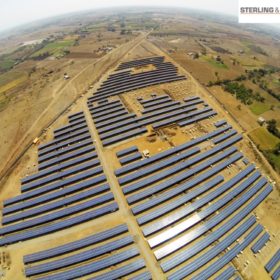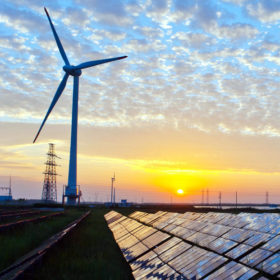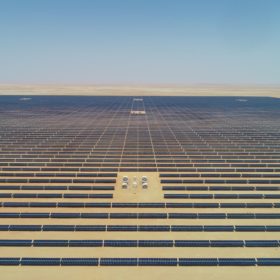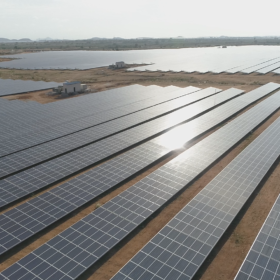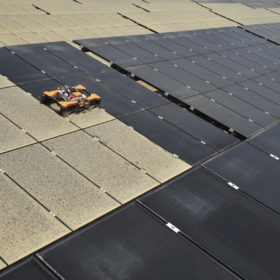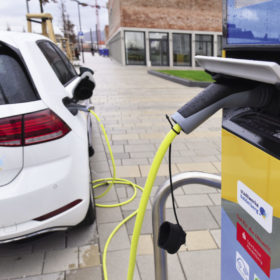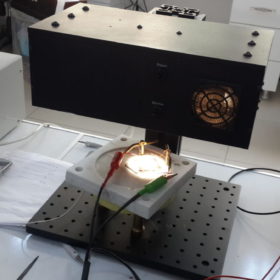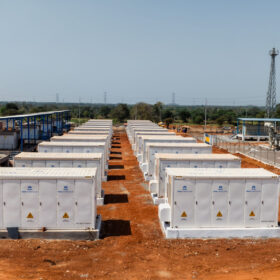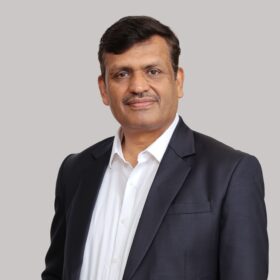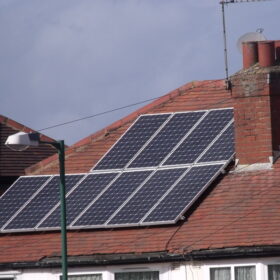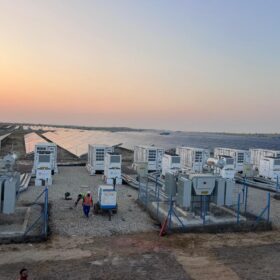IEEFA: Why India can’t match the Gulf region’s record-low solar tariffs
India’s solar tariffs—whilst some of the lowest in the world—are almost double the Gulf region’s US¢1.35-1.80/kWh.
MNRE puts call for ‘global supergrid’ proposals on hold
India’s Ministry of New and Renewable Energy had invited consulting proposals for its ambitious globally interconnected power grid plan called ‘one sun, one world, one grid’ (OSOWOG). The program—taken up with assistance from the World Bank— aims at seamless sharing of renewable energy resources among countries for mutual benefits and global sustainability.
Sterling and Wilson commissions 125 MW (DC) solar plant in Oman
The plant—Oman’s first renewables-based independent power project—is also the world’s biggest single-unit solar park to use bifacial modules.
MNRE seeks consultants for the global supergrid plan
July 6 is the last date to submit proposals for the ambitious ‘one sun, one world, one grid’ plan that aims at seamless sharing of renewable energy resources among countries for mutual benefits and global sustainability. The program has been taken up by the Ministry with assistance from the World Bank.
L&T bags 500 MW solar EPC contracts
Larsen & Toubro has secured EPC orders totaling 500 MW grid-connected solar capacity, in addition to significant contracts in India and overseas for power transmission and distribution.
How much money can you make with PV-assisted EV charging stations?
A French-Turkish research team has created an economic model to optimize scheduling for solar-powered EV charging units. The proposed model suggests that such projects might be more profitable today than at the end of the decade, depending on a wide range of variables.
The long read: The research behind dust mitigation
Solar PV is surging in the Middle East, due to its sustainability and decentralized nature. But with the ample sunlight of the region comes fine dust, which can sharply reduce power output. Zulfa Rasheed from the Rochester Institute of Technology in Dubai looked at the latest research in the field and found that module-glass coating and robotic solutions appear to be the most promising options when it comes to dealing with dust.
Project developers in south Asia can secure cash from IRENA funding pot
The Climate Investment Platform launched by three multilateral bodies in September is now open for business and renewables companies in developing nations across 14 regions including south Asia could qualify for help with clean energy facilities, renewables-related grid improvements and energy efficiency schemes.
Indian Oil will start field-testing metal-air battery for electric vehicles soon
A range of up to 600 km is possible when Lithium-ion batteries are combined with metal-air batteries that the fossil fuel giant intends to produce in India under a partnership with Israel based startup Phinergy.
Assessing the impact of micro-cracks in solar glass
A Turkish research team has analyzed how big changes in temperature can affect absorbance, light transmittance and reflectivity in two types of solar glass. The scientists demonstrated lower efficiency in solar cells and the glass itself were attributable to a large number of micro-cracks and deformations on the glass surface.
